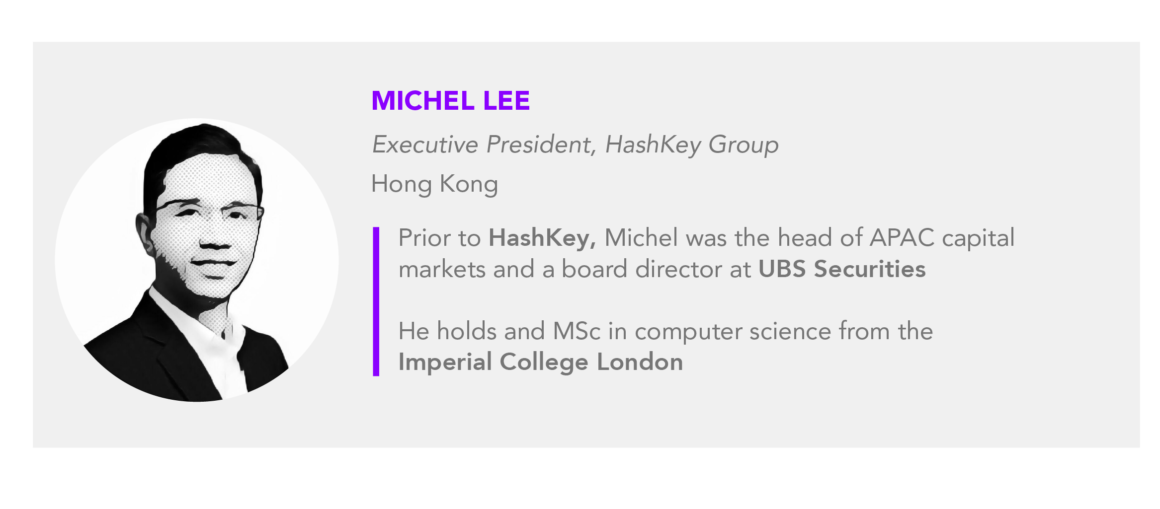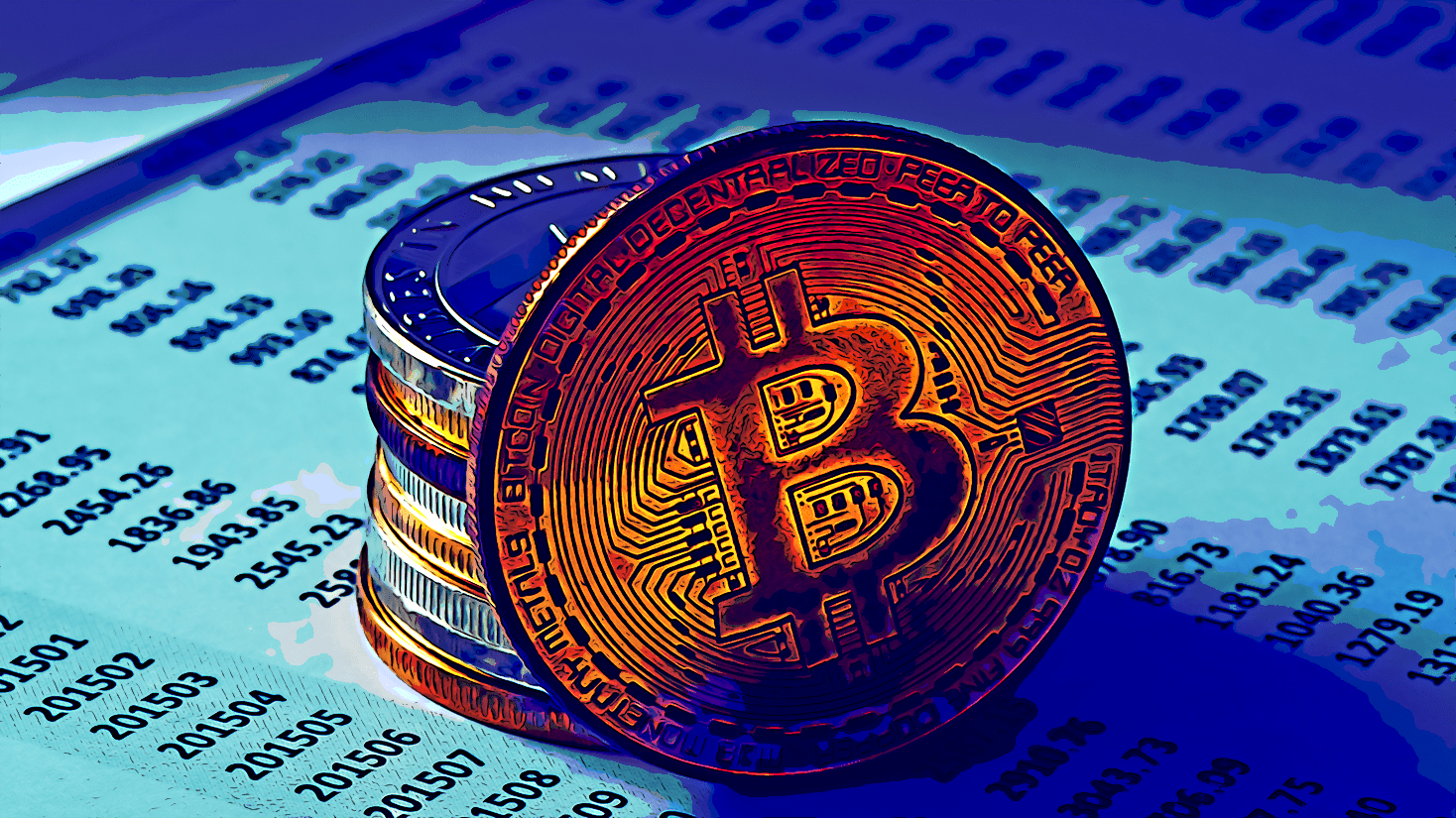While bitcoin prices hover around US$50,000 and many people focus on the short-term crypto market, it is important to build for the long term. Our long-term view is driving us to develop other aspects of the digital asset ecosystem, such as financial market infrastructure and applications in financial services. And as the digital asset ecosystem continues to expand and mature, we expect more than 50% of institutional and professional investors to have exposure to this emerging asset class in their portfolio by the end of 2021.

We think 2021 will be a tipping point — institutional investors will move from evaluating the opportunity to acting and diversifying their portfolios with exposure to digital assets. Concerns about risk management and the longer-term economy are reaffirming investor interest in uncorrelated, alternatives to traditional asset classes. In parallel, risk-adjusted returns for some digital assets have continued to shine, attracting attention from professional asset managers. For example, risk-adjusted returns over a four-year holding period of one digital asset, bitcoin, in 2020 was higher than gold, U.S. equities, U.S. real estate, and other asset classes. The large-scale government spending worldwide in the pandemic to support economic recovery and the evolving global regulatory framework are also fueling investor interest.
To prepare for our recent report on institutional investment in digital assets, we talked to professional investment leaders from around the world to learn about their perspectives on this emerging asset class. Four valuable insights they shared with us have deepened our confidence in our prediction that digital asset investment will become increasingly mainstream:
1. No option but to engage
The digital asset marketplace is relatively small compared to other traditional assets, comprising some 5,000 assets with a total market capitalization of more than US$260 billion. Forecasts vary, however. Chain Partners in 2019 said the value of security tokens globally will top US$2 trillion by 2030 with a 59% compound annual growth rate from 2019 to 2030. Growth will be fueled by institutional money inflows amid the gradual improvement of the security token ecosystem as well as an enhanced regulatory environment.
While some institutional investors continue to observe the development of digital assets, others have already jumped at the opportunity. Those who have invested believe that the knowledge gained from their involvement in the digital asset ecosystem may have as much long-term significance as any financial return. Since this emerging asset class has the potential to become dominant, the knowledge gained from being involved early gives them potential long term competitive advantage.
2. Explosive market growth
According to the institutional investors we talked to, the growth in digital asset markets is attracting more and more institutions and large players to gain exposure. For example, in 2020 several significant investors, hedge funds, and companies began to either buy digital assets, signal interest in buying digital assets, or support the purchase of digital assets through their platforms. A small sample of these key players include BlackRock, PayPal, MassMutual, Paul Tudor Jones, Guggenheim Investments and Stanley Druckenmiller.
Alongside the growth in traditional digital assets like bitcoin, we are also starting to see strong growth in the innovative areas of digital assets, like decentralized finance (DeFi). DeFi is an umbrella term for a variety of digital assets and financial smart contracts that replace traditional financial intermediaries. Investor participation in DeFi has skyrocketed over the last eight months. As of today, the total USD value locked in DeFi products has grown to over US$39 billion from just US$1 billion in early June 2020. For reference, “USD value locked in DeFi” refers to how many crypto-assets (denominated in USD terms) have been transferred into decentralized smart contracts that can execute a variety of decentralized financial services, like borrowing, lending, or automated market making. Interest in DeFi has been growing due to new product innovations and regulatory trends.
3. Take the longer view
Institutional investors adopt long-term strategies for digital asset investment. One of the investors interviewed in the report predicted that Hong Kong would continue to be a prominent international financial center, and to become a digital asset trading hub, Hong Kong would require the necessary financial infrastructure and ecosystem.
With the world on the verge of a new financial paradigm, trust between parties can be augmented by blockchain, remittances and settlements can be done through digital currencies, and physical assets can become tokenized. Investors who today fund the development of infrastructure and technologies that integrate traditional and digital finance may realize gains in a few years, by which time robust innovative financial framework and regulatory policies should be in place.
4. Work with partners and seek out regulated service providers
Identifying and implementing digital asset deals is still a key challenge. At this early stage, institutional investors are connecting and collaborating to explore the space because with partners they can understand the growth yield and potential upside, and share some of the risk.
According to our institutional investor respondents, there is only a certain amount of quality within the space. The quality ones will thrive in terms of anything that touches the space, such as managers, projects and service providers. They will absorb the bulk of the value and the actors within those circles gain the competitive advantage needed. And this is a global opportunity, so partners are needed in Europe and Asia as well as in the U.S.
Most institutional investors are themselves regulated and have a fiduciary duty to fulfill and are required to work with regulated service providers. This presents huge growth potential for the licensed players. Another big concern for institutions is custody — the safety of assets and segregation of assets. It is important for the partnering companies to demonstrate that they participate within a regulatory framework.
Overcoming barriers
Our report identified corporate risk aversion, evolving regulatory frameworks, and perceived lack of supporting infrastructure as factors institutional investors consider carefully before adding exposure to digital assets to their portfolios. The Securities and Futures Commission (SFC) in Hong Kong announced in November 2020 that it would regulate all digital asset exchanges and trading to prevent market manipulation and money-laundering activities.
The new SFC regulations will enable more transparency, since only licensed operators can offer regulated virtual assets services and only professional investors can participate. As infrastructure is developed and regulation increases, institutional investors will become more confident about digital asset investment and dive into new opportunities.




